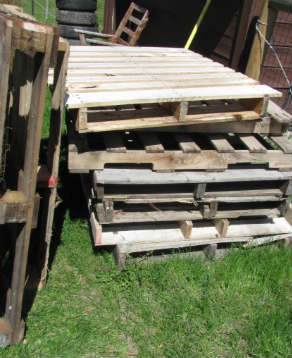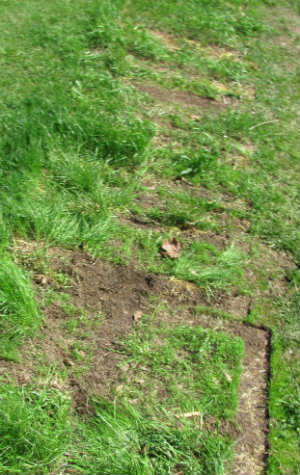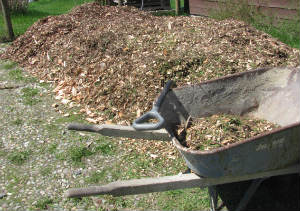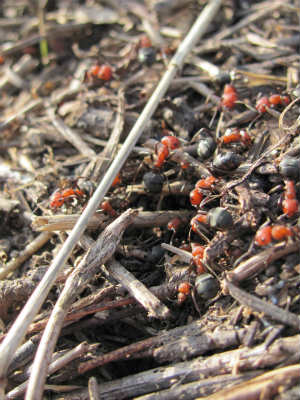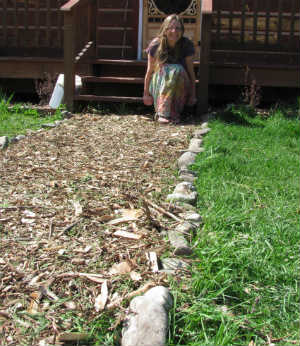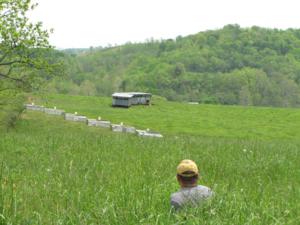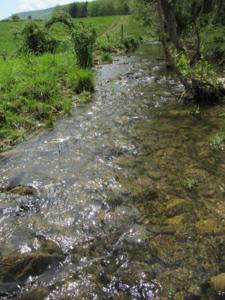Chocolate, Part I
The History of Chocolate from Guatemala to Geneva
When I used to travel back and forth across the ocean into hostile places in the world, I thought that if I were ever captured that the enemy could try to tempt me with women, money or power and I would not succumb; however Peanut M&M’s® are a whole other level of appeal. It seems that the enchanting power of chocolate goes far beyond just what organic chemistry can tell us.
The best part of a chocolate chip cookie is—of course—the chocolate which is loved the world over. I cannot remember how old I was when I realized that Theobroma cacao plants do not grow anywhere near Switzerland, so how did the Swiss Miss® get to be so associated with this imported tropical plant product?
For centuries the Old World knew nothing of cacao bushes and trees, whose broad crowns swayed beneath the protective canopy of taller trees. Cacao bushes grew in the primeval forest, producing blossom, leaf, and fruit simultaneously. The eighteenth-century Swedish naturalist Carolus Linnaeus named this evergreen tree of Paradise Theobroma, meaning “food of the gods.” In legends handed down over thousands of years the native peoples of Central and South America described how the gods alone were worthy of enjoying its fruits (Teubner, 1997).
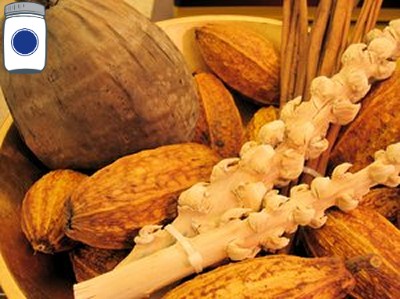
This food is surrounded by intrigue! “The Latin definition [Theobroma cacao] was provided in 1753 by the great Swedish scientist Linnaeus, himself a chocolate-lover. The binomial system he invented for the classification of all living things replaced unwieldy descriptive Latin sentences” (Bardi & Pietersen, 2006). While Linnaeus may have been the first to scientifically name the plant, he was not the first to discover it—not even close. The distinct honor of giving the world the gift of chocolate is believed to be first attributed to the Olmec peoples of modern day Mexico (Bardi & Pietersen, 2006) likely centuries before the Spanish Conquistadors arrived. Just as Christianity was taking root in Europe, the cacao bean was traded in the markets of Mayan princes as both currency and food (Teubner, 1997).
Since most of Europe was looking towards the East (often the Far East) for spices and exotic delicacies, the wonder of chocolate was something original to the New World in the West. The 30-40 seeds in the cacao pod will not yield quite as fine of a product until the fruit has been allowed to rot and ferment for about five to ten days. The beans were then washed in water and rubbed clean before placing them in the sun to roast to fully dry them and, in the absence of sorbic acid, to prevent mold from forming on these rich beans. This fermentation, cleansing and roasting enhanced the flavor to a milder and tamer version of the raw product.

The next step according to tradition and Archeological evidence seems to point to the grinding of the beans into a powder, and then the consumption of the treat in liquefied drink form. The elite crust of the New World would often employ slaves to shake the cold water and cacao xocolatl (“xoco” means bitter, and “atl” means water) mixture until it became frothy by using special tools designed for making the drink. “Since cacao beans are rich in fat [~55%], simply to mix the ground cacao with water would soon have lead to separation, with the cacao gradually settling in a unpleasant sludgy sediment at the bottom of the cup (Bardi & Pietersen, 2006).”

From there it was up to the imagination and purchasing power of the connoisseur of how the drink would be flavored. According to an account by Bernial Diaz del Castillo the Montezuma nobles and warriors were known to drink the xocoatl several times a day from gold flasks. They were known to spice the drink with native vanilla, wild honey, pita juice or even chilis. It was the Spanish who took advantage of their international trade and started drinking it hot mixed with sugar (Bardi & Pietersen, 2006). This was certainly the first revision of modern day hot chocolate (genius!).
From there the history of chocolate recipes takes a religious, political and state secret bend.
The Spaniards, for whom drunkenness was a sin, developed a liking for this new drink. Since the Church recognized it as a beverage rather than a food, it could be consumed even during periods of fasting. . . . Still the drink continued to be made with water. The countries in which the cacao bush was indigenous all belonged to the Spanish and Portuguese crown, and so for roughly a century cocoa remained a Spanish drink and a secret (Teubner, 1997).
Eventually Italian explorers discovered the beans that the Spanish and Portuguese were not spilling and trade routes developed from Italy north through the Alps (evidently how Swiss Miss® got in on the secret). Britain would capture Jamaica from the Spanish to start their cacao trade venture (Teubner, 1997). The delight of chocolate was now in Europe through trade and royal marriages, but would still stay within the hands of the elite largely because the method to produce chocolate had not changed very much and was labor-intensive. Later, the Brits mechanized the process with the first chocolate factory by Fry and Sons of Bristol; the production was further developed by the French who used hydraulics. Not to be outdone, the Prince of Lippe opened eight factories in Munich alone (Bardi & Pietersen, 2006). The Prince of Lippe had served as an officer with the Portuguese military and simply could not abide without chocolate.
The industrialization of the production process meant that the supply had to be sufficient and reliable. Once the secret only of the Spanish and Portuguese crowns, the other colonial powers were applying known agricultural techniques to produce the cacao cheaper and in higher quantity to meet the demand. Chocolate was now international and it had the power to shape trade and to make fortunes. All of this power comes with a large responsibility and the three biggest purveyors of this sublime dessert were not without a moral compass.
By curious coincidence the Frys [who supplied the British Navy with chocolate], the Cadburys [who personally supplied chocolate to the Queen] and the prominent Rowntree family near York were all Quakers who maintained a social conscience even as their fortunes accrued. They built housing and communal facilities such as libraries for their workers, and boycotted cacao from colonial plantations in which conditions of near slavery prevailed. By the same token, they also avoided industrial malpractice (Bardi & Pietersen, 2006).
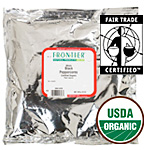 Aside: Nowadays it is up to the consumer to vote with their wallet on where and how chocolate is produced. Products like Frontier Brand Organic Hot Cocoa are produced in countries that pay workers fairly and do not resort to child labor or indentured servitude to artificially hold prices down.
Aside: Nowadays it is up to the consumer to vote with their wallet on where and how chocolate is produced. Products like Frontier Brand Organic Hot Cocoa are produced in countries that pay workers fairly and do not resort to child labor or indentured servitude to artificially hold prices down.
The biggest advance in chocolate recipes was by far the development of chemistry. Usually, we do not think of chemistry as being a part of the kitchen milieu, but recall that something as routine as baking a loaf of bread is indeed a controlled chemistry experiment. Between the science of chemistry, ingenuity, and necessity, the practice developed to mix the fruit of Theobromma cacao and the staple of the Alps, the liquid of life—milk. “In 1867 a Swiss chemist by the name of Henri Nestlé discovered a method of making powdered milk by evaporation. This was fully a pivotal event. . . . The outcome was the world’s first milk chocolate bar (Bardi & Pietersen, 2006).” Up until now, the density of the chocolate brick was dependent upon the amount of cocoa butter in the product. The credit for bringing chocolate from a gritty crumbly mass to a silky substance which could be poured (instead of beaten) into a mold and then to candy bar form goes to the Swiss who made the names Lindt, Nestlé and Toblerone household words.
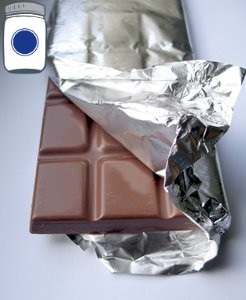
In the next blog (Part 2 of 3), we will discuss how chocolate is made and in Part 3 of 3 we talk about chocolate in America!
Wilson
Pro Deo et Patria
Photo Credits:
Cacao Pods (Cocoa Fruits) by Michael & Christa Richert and can be found at: http://www.rgbstock.com/photo/mDJMTie/cocoa+fruits
Chocolate (Cacao just add milk) by A K Rehse and can be found at: http://www.rgbstock.com/photo/mfmoQNm/cacao-just+add+milk
Hot Chocolate Heart by Kevin Tuck and can be found at: http://www.rgbstock.com/photo/muJqBly/Hot+chocolate+heart
Frontier Organic Hot Cocoa used with permission from Frontier
Chocolate Bar by Sanja Gjenero can be found at: http://www.rgbstock.com/photo/mgylB4G/chocolate
Works Cited:
Teubner, C. (1997). The chocolate bible. (p. 6). New York: Penguin Studio.
Bardi. , & Pietersen, (2006). The golden book of chocolate. (p. 13). Florence: McRae Books.
Ibid, p. 18.
Teubner, C. (1997). The chocolate bible. (p. 7). New York: Penguin Studio.
Bardi. , & Pietersen, (2006). The golden book of chocolate. (p. 20-21). Florence: McRae Books.
Ibid, p. 23.
Teubner, C. (1997). The chocolate bible. (p. 10). New York: Penguin Studio.
Ibid, p. 10-11.
Bardi. , & Pietersen, (2006). The golden book of chocolate. (p. 25-26). Florence: McRae Books.
Ibid, p. 27.
Ibid, p. 29.
Proviso:
Nothing in this blog constitutes medical advice. You should consult your own physician before making any dietary changes. Statements in this blog may or may not be congruent with current USDA or FDA guidance.


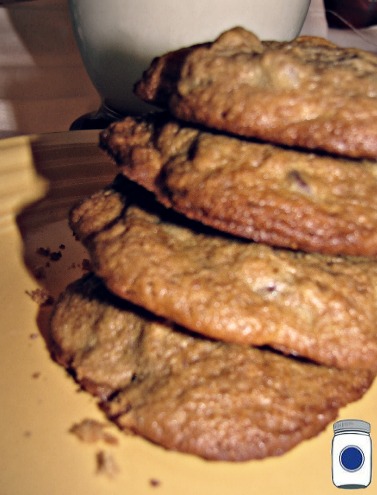
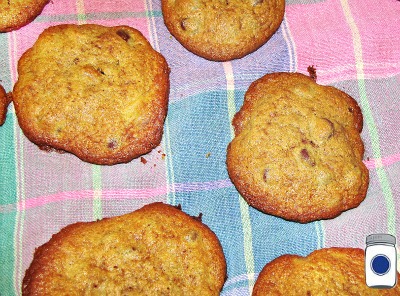 3) Use lard! Lard and tallow are my secret ingredient for a fluffy, perfectly-browned cookie. These were how cookies were invented, remember. The Fake Stuff (shortening) came later and we have a whole generation (maybe 2?) that haven’t an idea on how to cook the real way. When I first swore off the fake stuff, I tried oil and butter and every combination, with inconsistent results. If you must use something other than lard or tallow (vegetarian?) I would suggest coconut oil. I will not guarantee perfectly consistent
3) Use lard! Lard and tallow are my secret ingredient for a fluffy, perfectly-browned cookie. These were how cookies were invented, remember. The Fake Stuff (shortening) came later and we have a whole generation (maybe 2?) that haven’t an idea on how to cook the real way. When I first swore off the fake stuff, I tried oil and butter and every combination, with inconsistent results. If you must use something other than lard or tallow (vegetarian?) I would suggest coconut oil. I will not guarantee perfectly consistent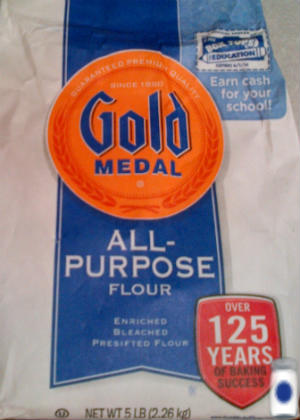
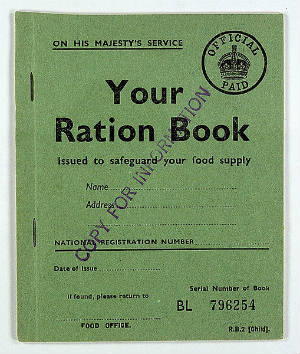
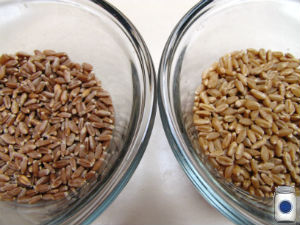
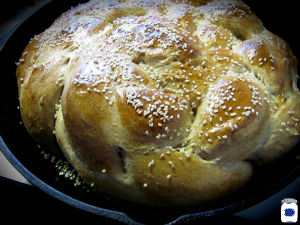
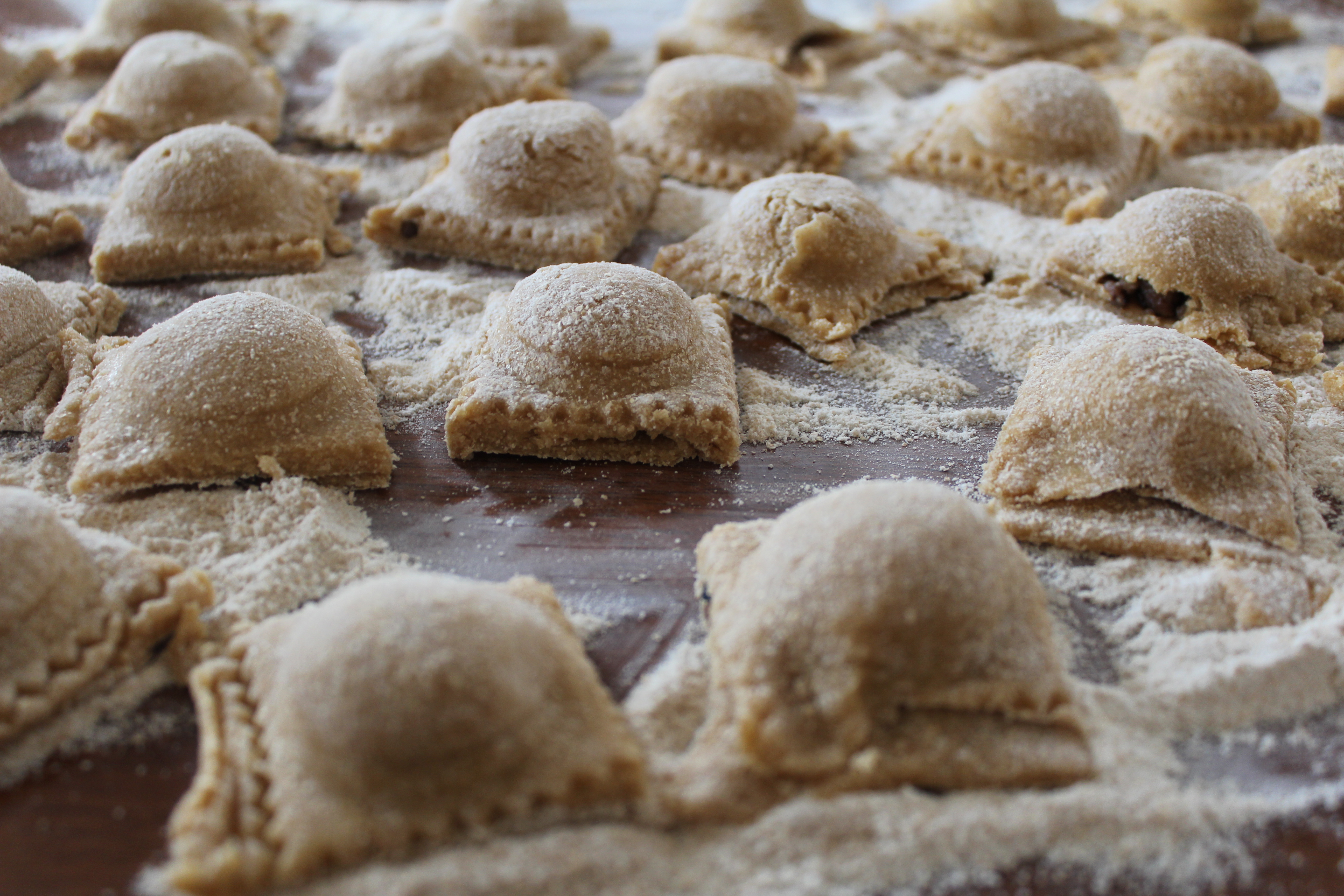
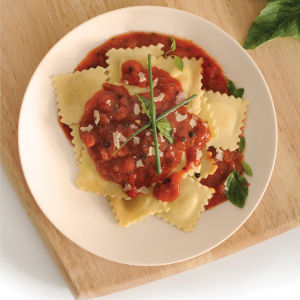
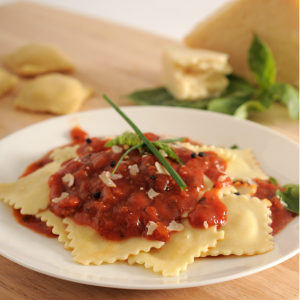
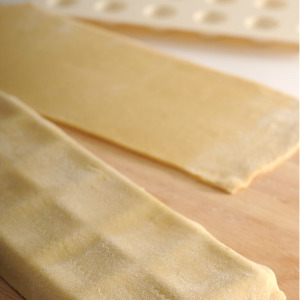
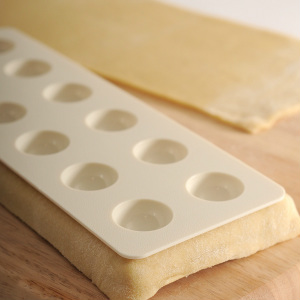
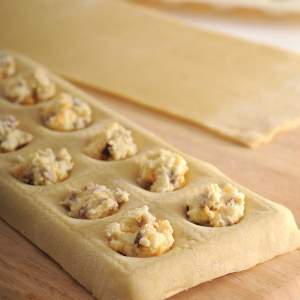
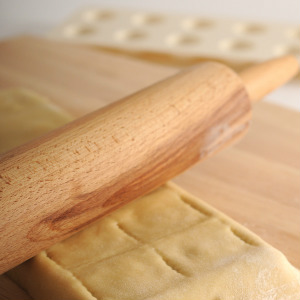
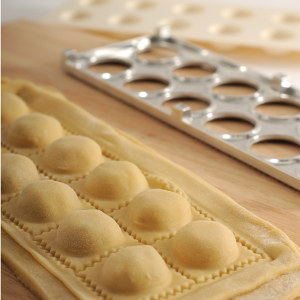
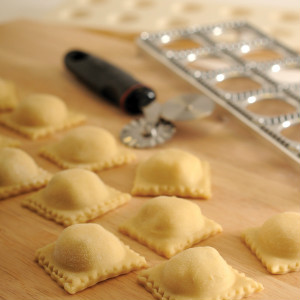

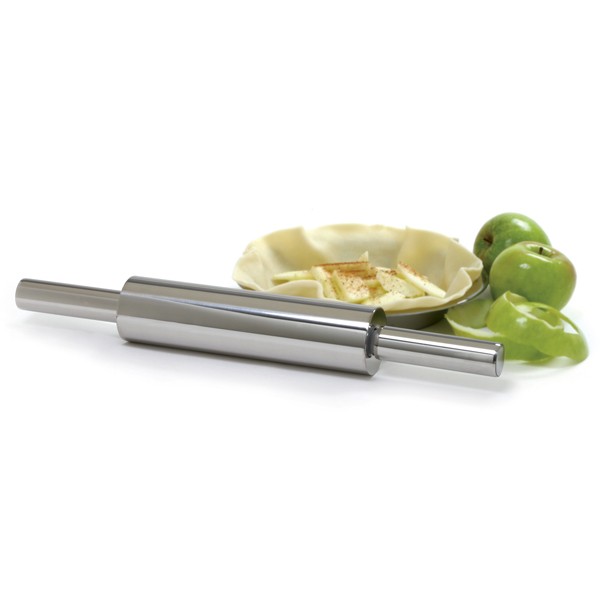


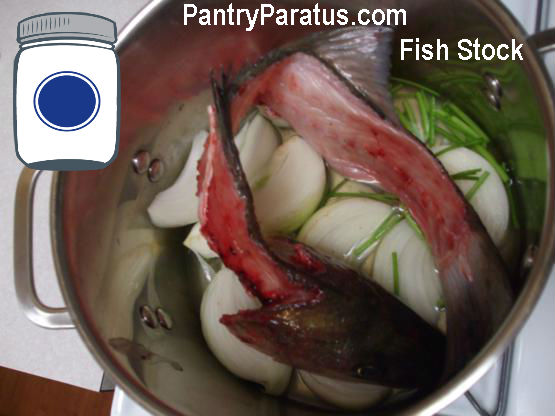

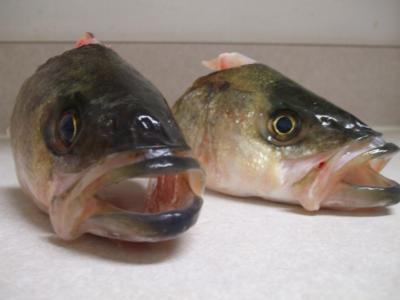
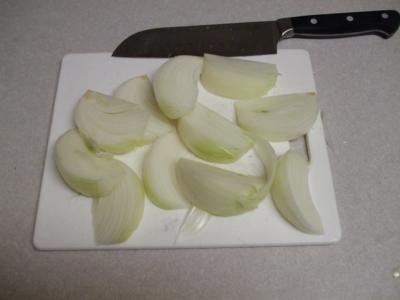
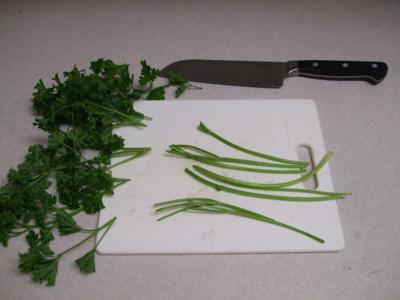
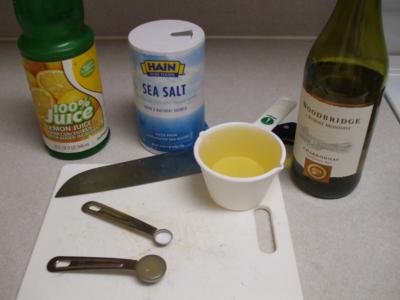
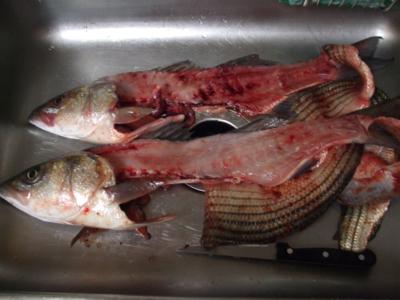
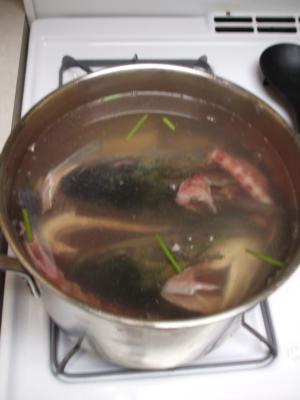
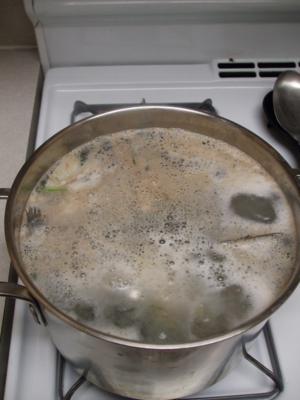
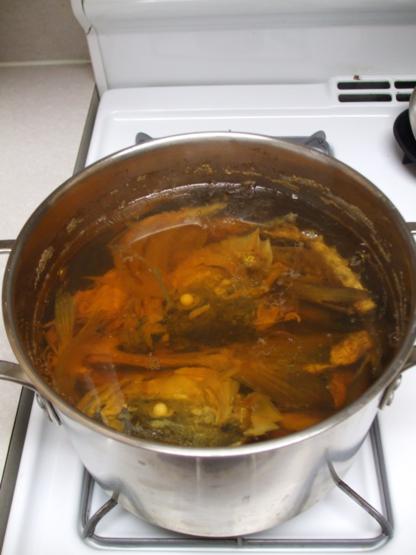
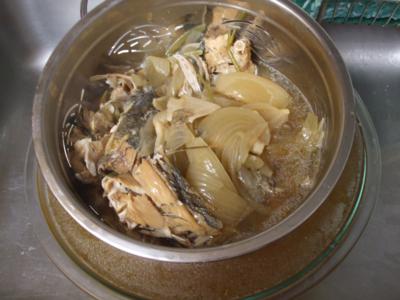
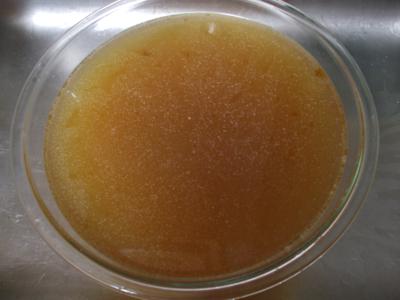


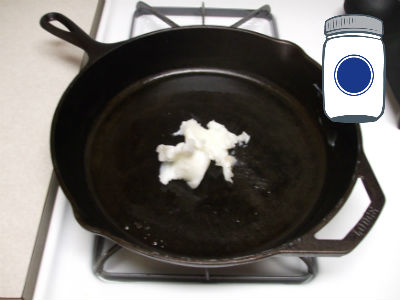
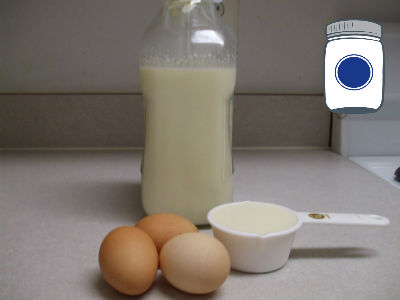
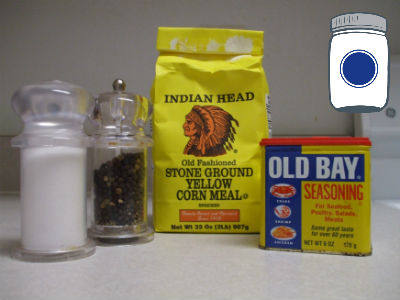
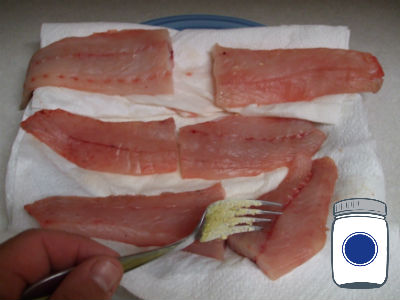
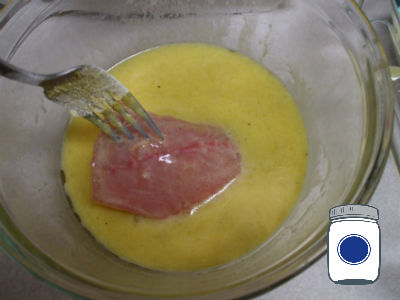
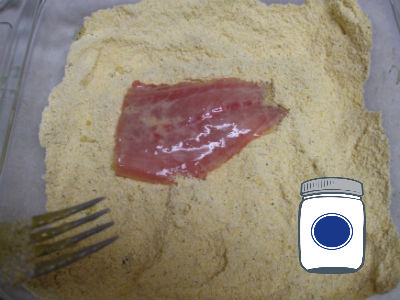

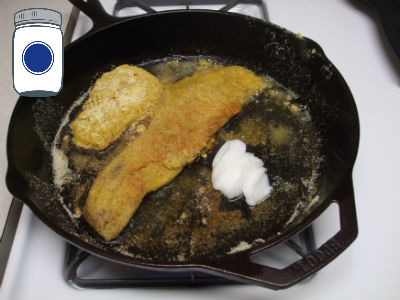
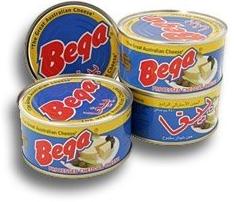

 shipping on any order over $50 .
shipping on any order over $50 . 
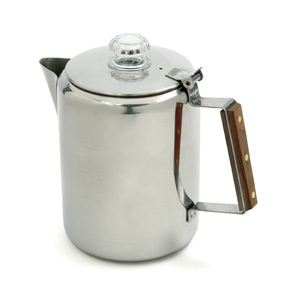
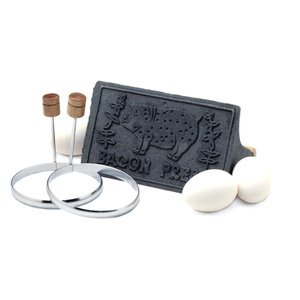
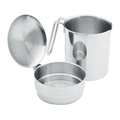


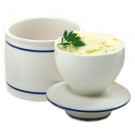
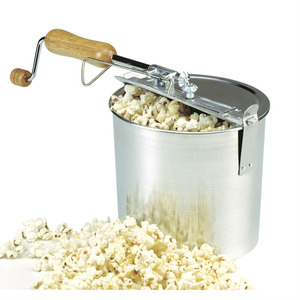

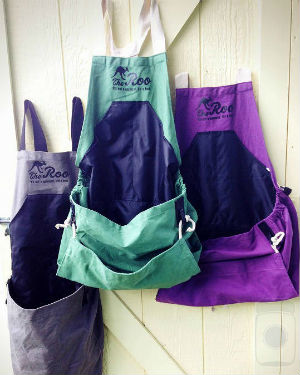


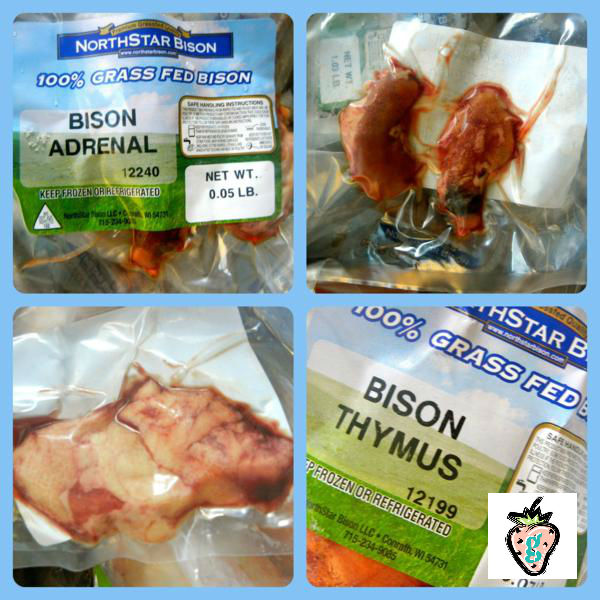

 “The GAPS diet has come to the rescue to fix your gut! The gelatin from the bone broth, the saturated fat, and the probiotics from the ferments are the superstars of the GAPS diet.”
“The GAPS diet has come to the rescue to fix your gut! The gelatin from the bone broth, the saturated fat, and the probiotics from the ferments are the superstars of the GAPS diet.”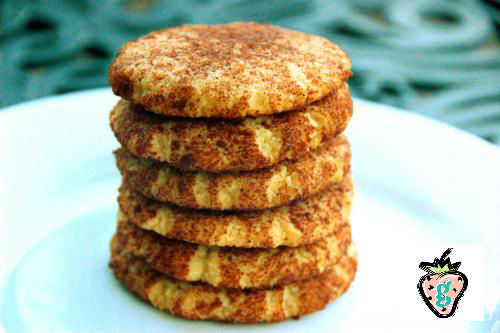

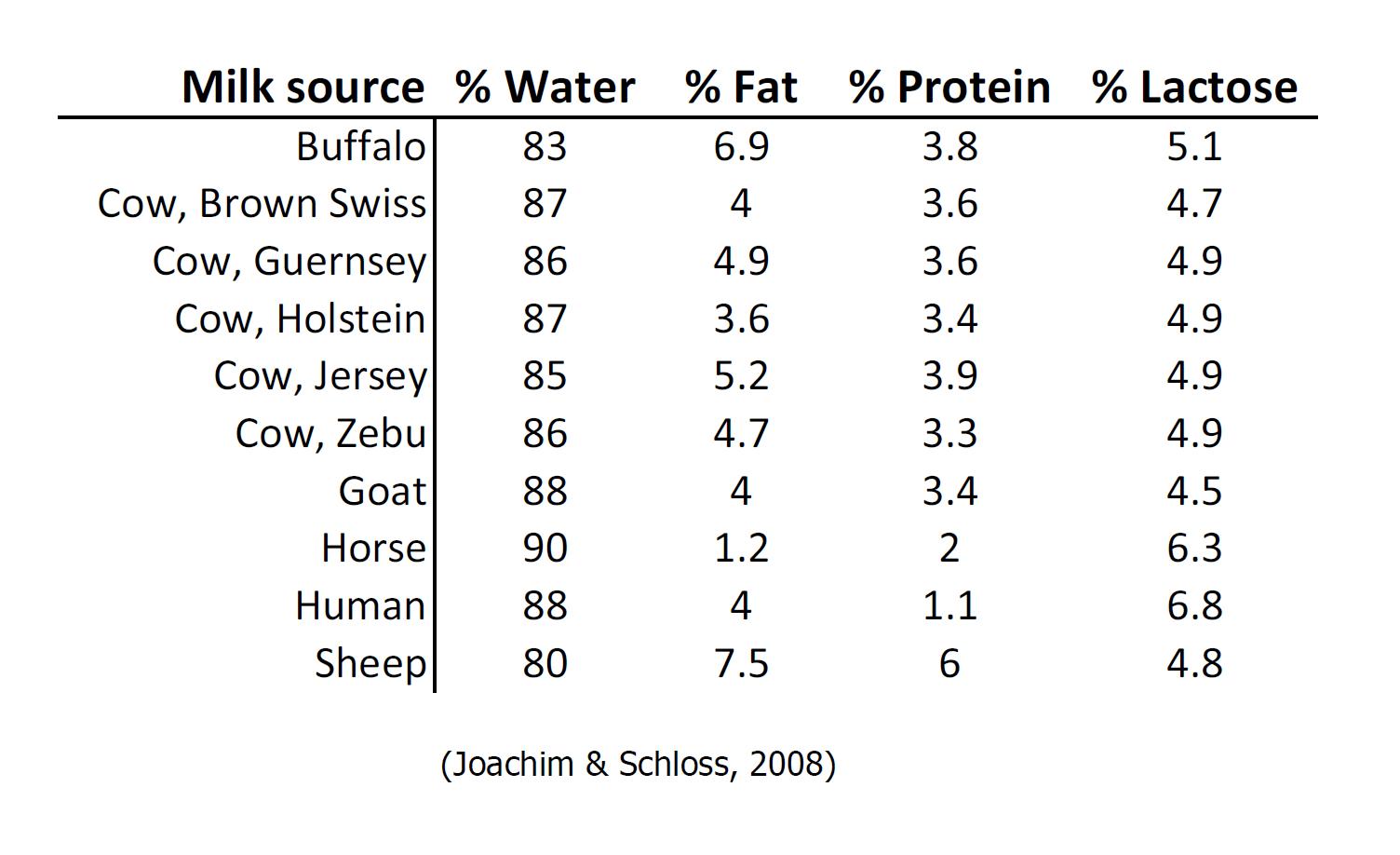
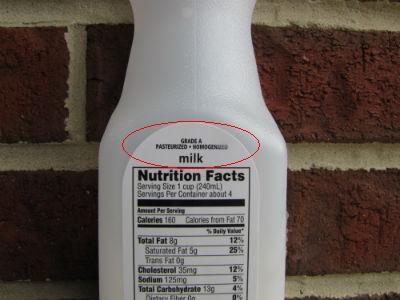


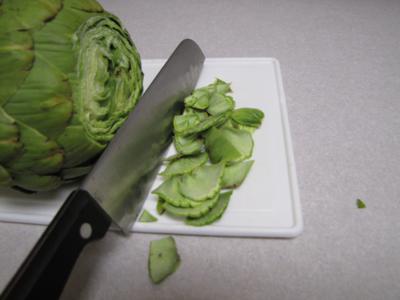
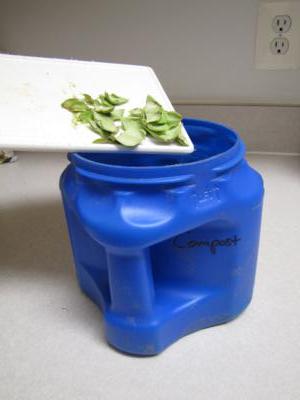
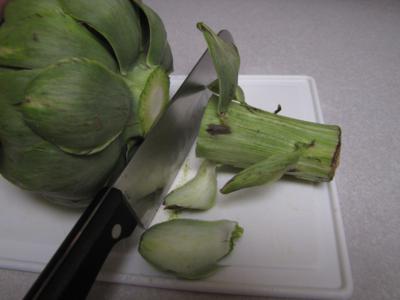
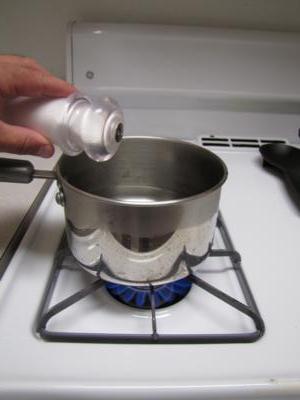
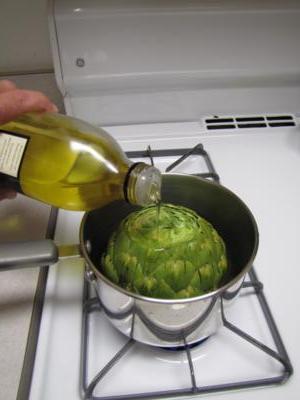
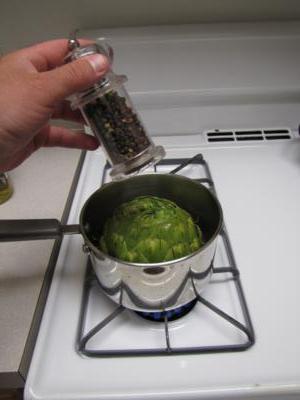
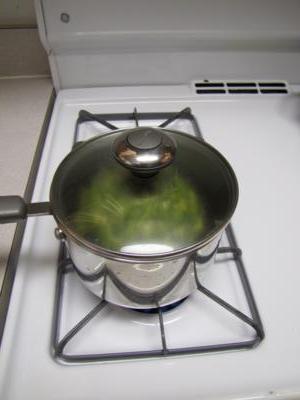
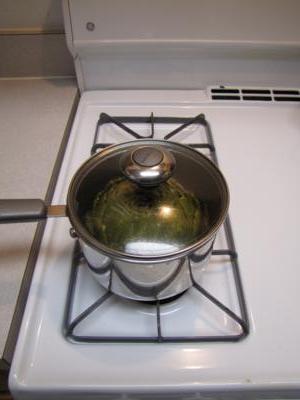
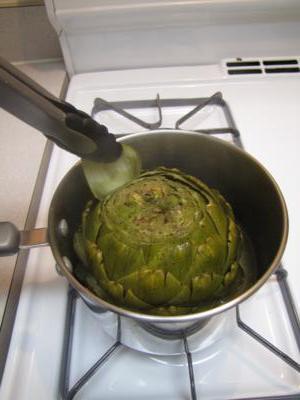
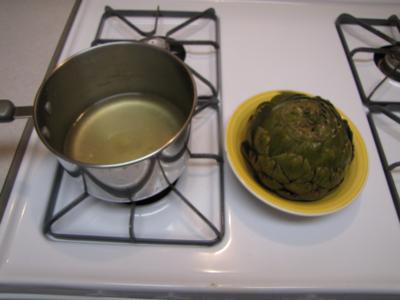

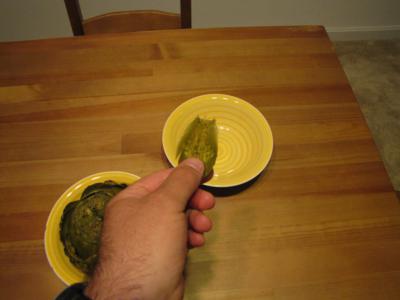
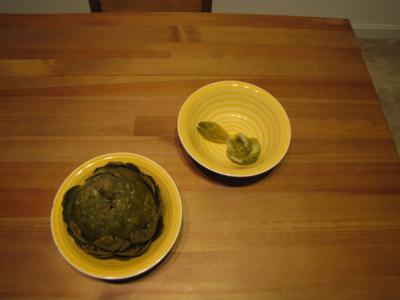
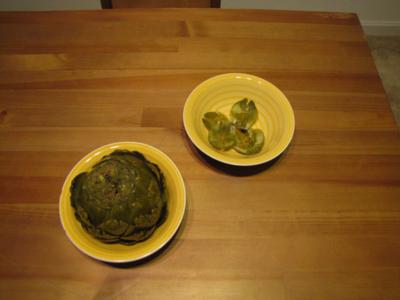
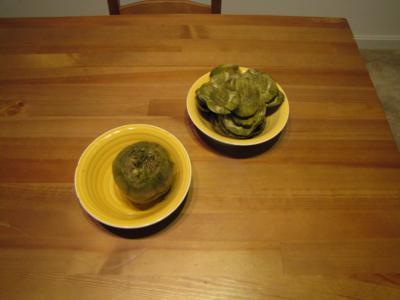
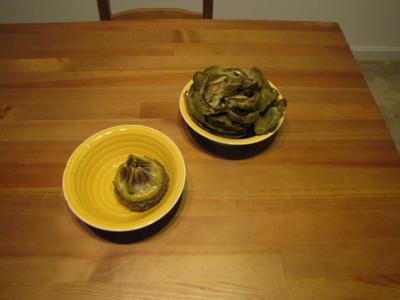
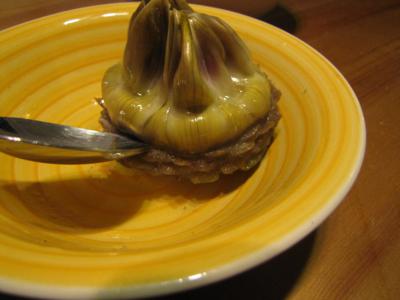
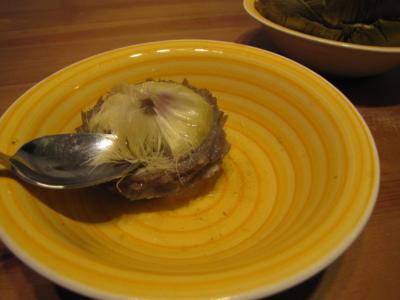
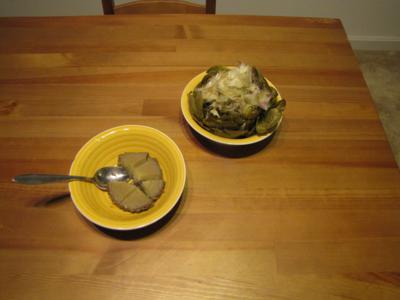
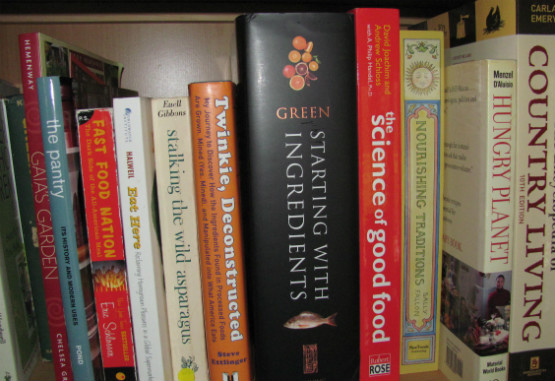
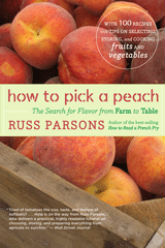 Does the author love food too?
Does the author love food too? 
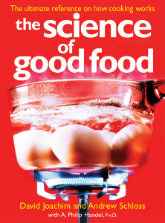 Concrete, see Cement.
Concrete, see Cement.

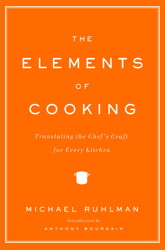 I also recommend Michael Ruhlman’s book,
I also recommend Michael Ruhlman’s book, 